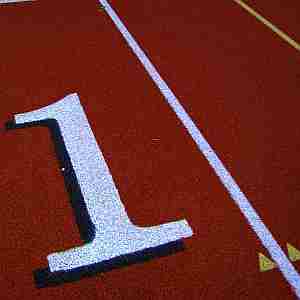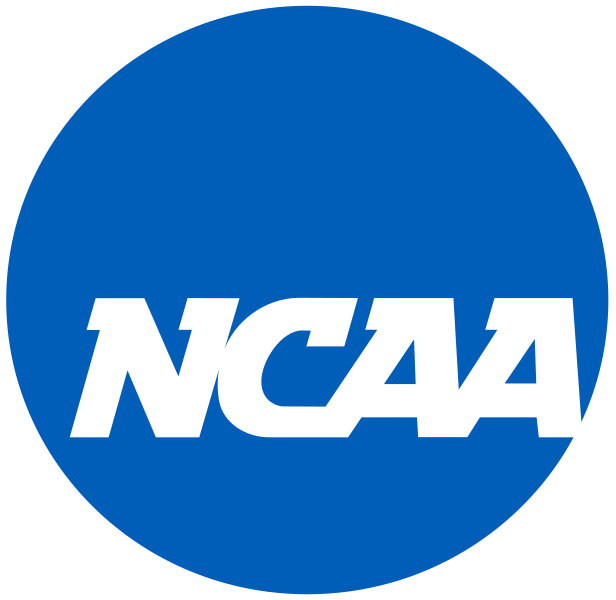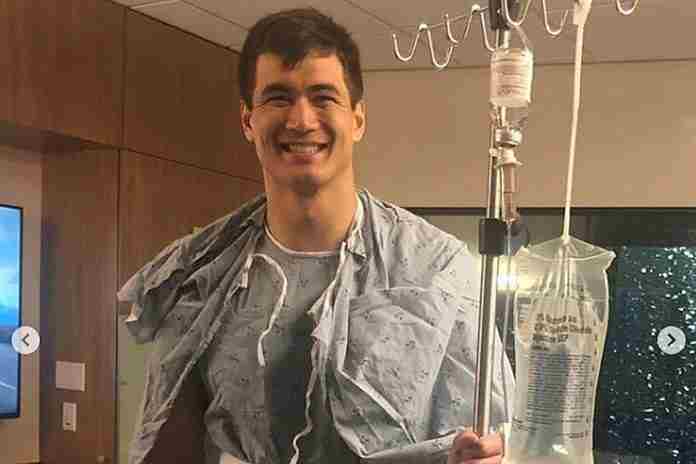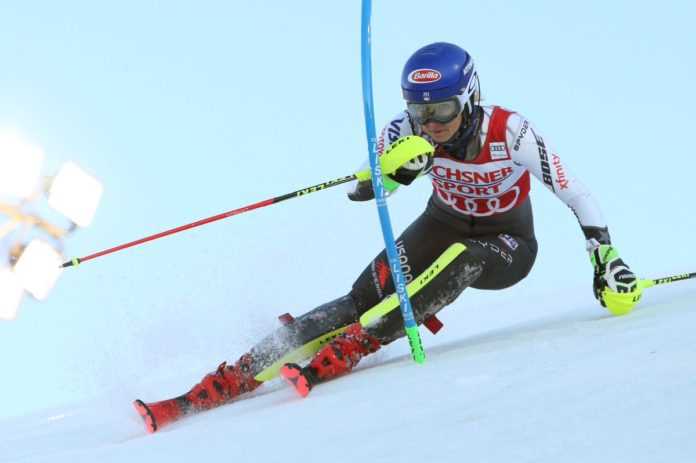 With all of the news about Congressional commissions and inquiries into the United States Olympic Committee, an important story appeared in the 21 January issue of the Sports Business Journal.
With all of the news about Congressional commissions and inquiries into the United States Olympic Committee, an important story appeared in the 21 January issue of the Sports Business Journal.
Titled, “USOC, NCAA agree to allow schools to promote their Olympic ties,” reporter Ben Fischer described a new program developed by the USOC’s collegiate partnerships initiative to be called “Olympians Made Here.”
For the first time, the USOC will allow a university to combine its logo with that of the USOC – Olympic rings included – in a shared mark to promote the school’s Olympic ties to its own athletes. According to Fischer, “The NCAA, college conferences and USOC-governed national governing bodies also can activate the campaign. The USOC is seeking institutional opt-in by April for the “Olympians Made Here” campaign, but there is no hard deadline considering some schools may not be sure of their Olympic connection until the 2020 Olympic trials.”
This may not seem like a lot, but it is a major step forward for the USOC. Former chief executive Scott Blackmun recognized the strategic threat to the quality of the U.S. Olympic Teams of the future if collegiate programs in Olympic sports continue to shrink.
The USOC created a new collegiate outreach project in 2016 and hired Sarah Wilhelmi from the West Coast Conference to coordinate it. Working in conjunction with a 10-member Collegiate Advisory Council of athletic directors and a conference commissioner, the USOC is looking for ways it can work together with universities to add value to their Olympic-sports programs.
Fischer got a scoop with the story, as the program is not designed to launch until 24 July – one year before the opening of the Tokyo Games – but is being circulated for interest now.
Perhaps not so coincidentally, on the day after the story appeared, the NCAA posted a story on its Web site on how school investments in Olympic sports are seeing a return in Olympic athletes from their teams. “The results make one thing clear: Because of college sports, the Olympic development system in the United States is unique, with no peers in the world. Division I schools together invest more than $5 billion annually.”
And a clever graphic showcased the amount spent by Division I schools for the top 10 Olympic sports:
1. $2.1 billion: Basketball
2. $577 million: Cross Country and Track & Field
3. $519 million: Soccer (Football)
4. $439 million: Baseball
5. $345 million: Volleyball
6. $281 million: Tennis
7. $279 million: Softball
8. $253 million: Swimming and Diving
9. $252 million: Golf
10. $143 million: Ice Hockey
The NCAA also has championship programs in beach volleyball, equestrian, fencing, field hockey, gymnastics, rifle, rowing, rugby, skiing, triathlon, water polo and wrestling, all of which are development opportunities for American Olympic teams.
In terms of strategic planning, this is a welcome shift by the USOC. The continued loss of collegiate programs is already hurting American performance in some sports, but allowing schools to capitalize on the publicity generated by Olympic ties – with some modest use of the Olympic rings – is a sure winner for schools which have the marketing and promotional capacity to take advantage. And this can work for schools beyond the athletic department to admissions and alumni relations as well.
There are, of course, restrictions on the program, such as not allowing any presence of a university or conference corporate partner on the combined USOC/school mark, or the use of such a mark by a collegiate sponsor; that would dilute the USOC’s rights with its own sponsors.
But the program is free and can be the jumping-off point for new projects, even co-promotions between NCAA programs and the training and competition programs of the USOC, but also the National Governing Bodies.
Long-time observers of Olympic sport in the U.S. will remember the decades-long war between the NCAA and the old Amateur Athletic Union (AAU) over athlete eligibility. That fight was so intense that a President’s Commission on Olympic Sports was formed during the Gerald Ford administration, under the direction of Mike Harrigan. Its report in 1977 led directly to the landmark Amateur Sports Act passed in 1978, which is now being reviewed in the wake of the Larry Nassar scandal and the loose oversight of the National Governing Bodies by the USOC.
Now the NGBs and the USOC could be working together on this program and the NGBs could obtain modest use of the USOC’s marks to further promote its own athletes. This has been, up to this point, unthinkable, so let’s credit the USOC – and Blackmun – where due.
Closer ties between NCAA institutions, National Governing Bodies and the USOC can work. We see this today in wrestling, where USA Wrestling’s showcase events are most often held at university arenas where the wrestling teams are storied, such as at Iowa, Lehigh and Penn State, to name a few. USA Wrestling’s Executive Director, Rich Bender, is conveniently a new member of the USOC’s Board, as one of the NGB representatives, and may be able to contribute further insights for this program.
One of the USOC’s ancient goals, especially by its former marketing chief John Krimsky (later disgraced by a child pornography conviction), was to increase small-amount giving from American households to support the USOC. He was famous for saying, “America doesn’t send its athletes to the Games. Americans do.” The potential for mutual benefit for the USOC, the National Governing Bodies and university athletic departments is real and the “Olympians Made Here” program can be a starting point.
The willingness of the USOC to look at new ways to recognize its strategic partners is a good sign for an organization that must become more nimble, more creative and more inclusive – in many ways – to continue its success into the future.
Rich Perelman
Editor


























